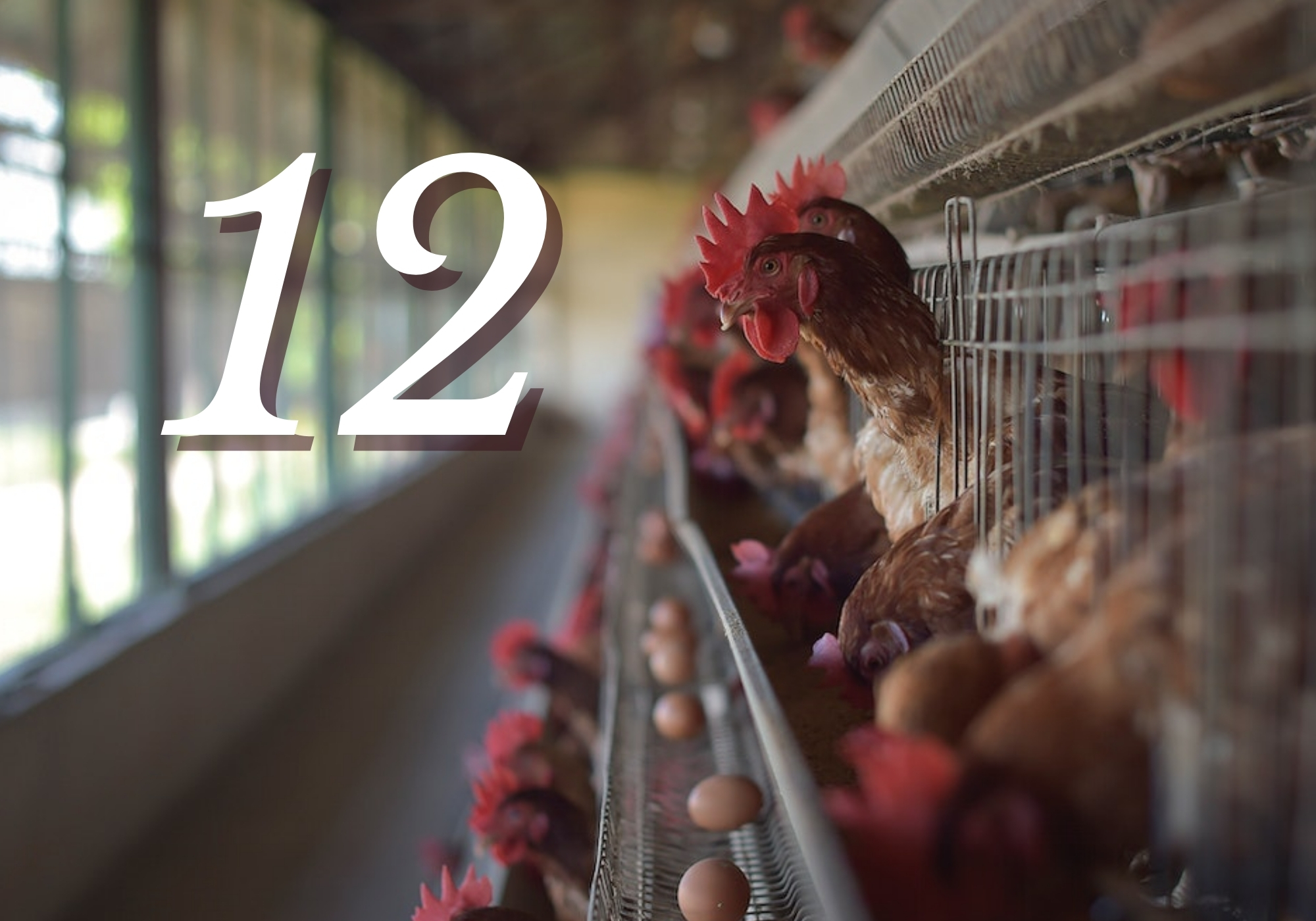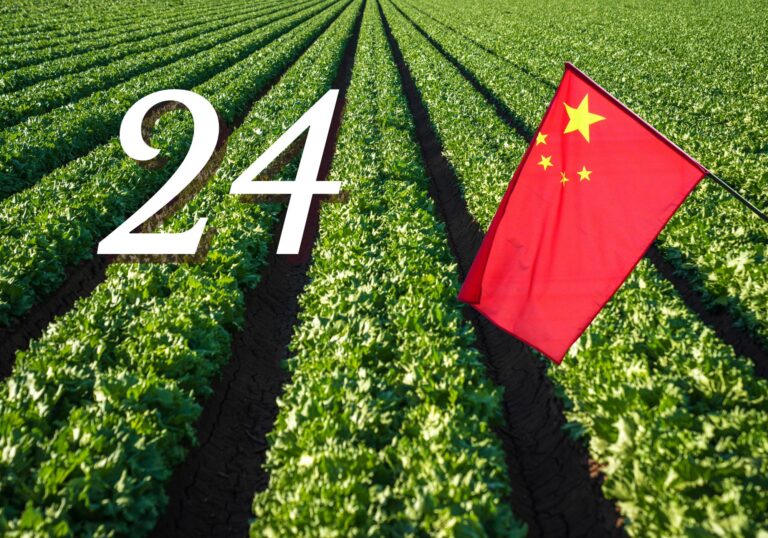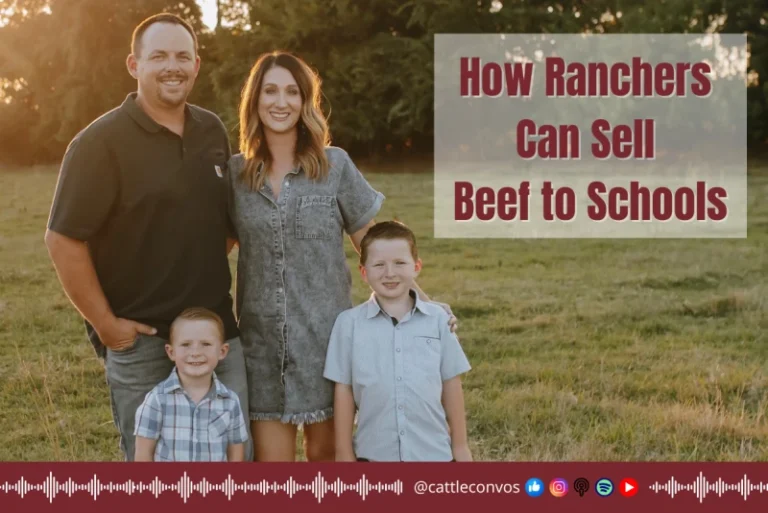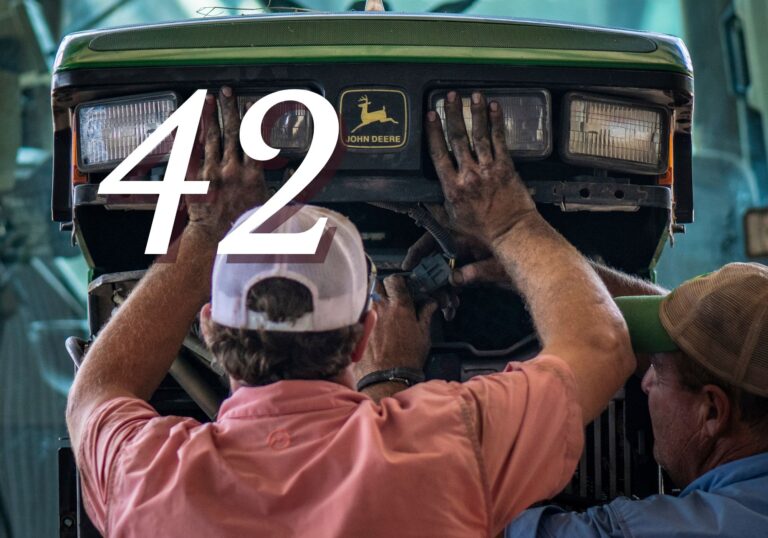Dead On Arrival
In 2024 alone, around 20.3 million animals died in transit — 19.8 million of the deaths were chickens — on the way to a slaughterhouse, according to Investigate Midwest’s analysis of U.S. Department of Agriculture slaughter figures.
Beyond accidents, many of these deaths are caused by deadly conditions inside the trailers, such as dehydration, stress, and long hours on the road to far away processing plants—another consequence of consolidation.
Since the 1980s, USDA regulations have forced thousands of small animal processing facilities to close, consolidating meatpacking into a few distant, industrial-scale plants that may process millions of cattle a year.
Data from the USDA show a steep decline in local slaughterhouses, with over 50% shuttered since 1980, leaving farmers with limited options for selling and processing their livestock.
This resulted from deliberate “Get Big or Get Out” policy shifts since the 1970s, which aligned with Big Food’s interests. They have stripped autonomy from ranchers and poultry farmers, leaving them at the mercy of far-off meat processors.
According to the Richmond Fed, this consolidation was a calculated move by government and corporate giants to control the supply chain, sidelining (and often bankrupting) independent ranchers. According to the USDA, the US lost 160,000 farmers and ranchers between 2017 and 2024.
Transporting animals to far-off slaughterhouses is costly for farmers and tough on the animals — fuel, time, and labor add up – but nothing is more devastating than the senseless loss of livestock.
Farmers spend anywhere from weeks to years raising animals that they’re only paid for upon successful delivery. Furthermore, with a shortage of space at slaughterhouses, ranchers in some areas must book their slots 1-2 years in advance. Then they must transport the cattle to meet their appointment no matter the weather or conditions.
From 2012–2015 estimated transport losses (in dead and non-ambulatory pigs at the arrival point) accounted for 0.88% of 310 million pigs annually (2.7 million pigs), costing hog farming families many millions of dollars.
While transporters may be held liable for deaths due to negligence (e.g., poor handling or inadequate ventilation), an Investigate Midwest analysis found that the USDA rarely investigates suspected violators.
Worse, animals suffer stress, dehydration, and weight loss during long journeys, compromising welfare, meat quality, and the livelihoods of family farms.
For consumers, options exist so that consumers can know exactly where their meat is coming from, how it was raised, and most importantly, how it was processed. The most popular option is a farm share or herd share.
In most states today, an individual can enter into a contract with a farmer to raise their livestock of choice (or a fraction of an animal). When the time for slaughter comes, animals are not being loaded into cramped semi-trailer trucks but instead led to a bucket of grain or hay like any other day and dispatched on the farm or at a nearby custom butcher.
As consumers become more aware of these issues, they can choose alternatives like on-farm slaughter and beef from a local rancher that farms without chemicals, hormones or antibiotics.
Aside from small-scale alternatives like on-farm-slaughter, rebuilding local meat processing capacity close to America’s farms is absolutely critical to restoring farmer independence, consumer choice, and ensuring the humane treatment of livestock.
Bills that would broaden consumer options and allow customers to buy individual cuts of meat from a custom slaughterhouse or from a farm directly, rather than buying 1/2 or 1/4 of a cow in advance, are likely to be voted on in Congress soon.
Consider letting your representatives know if this is important to you.






